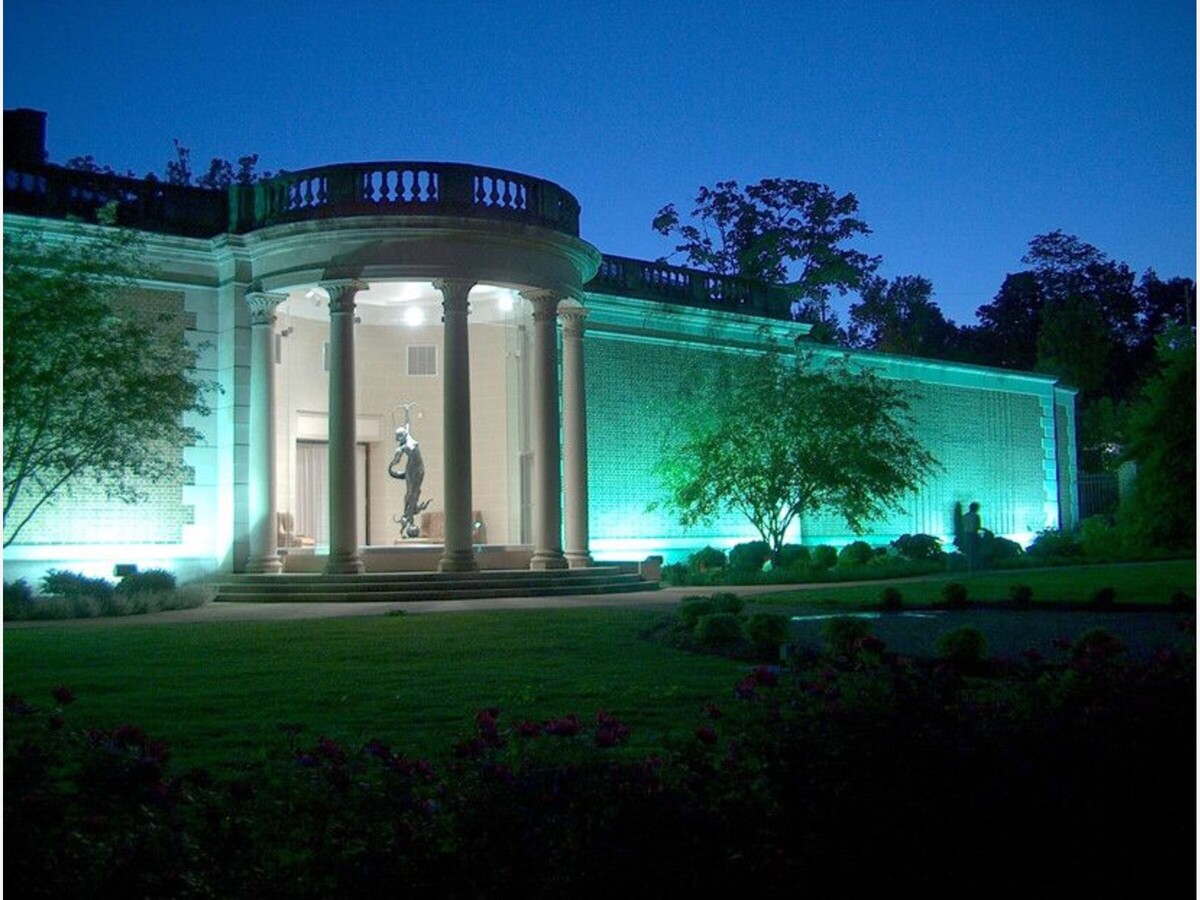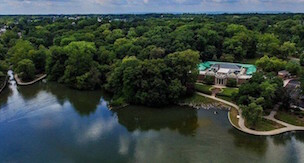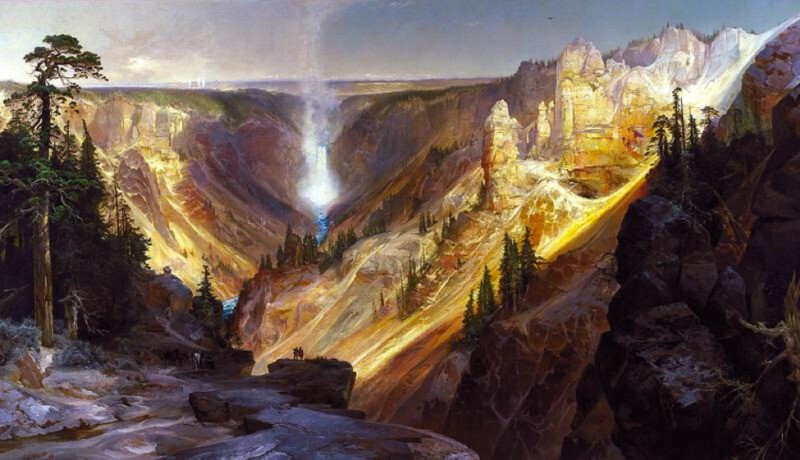Image

WASHINGTON COUNTY MARYLAND FINE ARTS MUSEUM ANNOUNCES MAJOR DONATION FROM BALTIMORE AREA COLLECTOR

The Washington County Museum of Fine Arts (WCMFA) in Hagerstown, MD, announces an extensive and significant donation of artworks and material related to the late 19th century American Painter-Etcher Movement.
A gift from retired Baltimore area historical architect and collector David G. Wright, FAIA (Fellow American Institute of Architects, ret.), of Brooklandville, MD, the entire donation includes 1200 prints, 200 books (including those authored by Wright) and research materials as well as a generous cash contribution to support the management and curation of the works. The Wright Collection represents more than five decades of research and connoisseurship as Wright developed his interest in etchings by prominent, late 19th century American artists who focused on integrating etchings into the artistic portrayal of America’s natural beauty started by the Hudson River Valley School artists. The museum received the first portion of the donation in August 2024, with additional gifts anticipated to arrive in 2025 and 2026.

Major artists included in the collection are Thomas Moran (1837–1926), his wife Mary Nimmo Moran (1842–1899), Peter Moran (1841–1914, Thomas’ younger brother) and his wife Emily Kelley Moran (1841–1903), additional Moran family members, R. Swain Gifford (1840–1905) and Henry Farrer (1844–1903. The two Moran wives are among women pioneers in the art of etching.
 Thomas Moran's Grand Canyon of the Yellowstone
Thomas Moran's Grand Canyon of the Yellowstone“Our museum is noted for our collection of American art,” said WCMFA board president Jim Holzapfel, “and this very generous donation is an important contribution to the American Painter-Etcher Movement works we already have in our permanent collection, which includes two Thomas Morans. In fact, Moran’s Lower Manhattan from Communipaw, New Jersey (1880) was the museum’s first purchase in 1940, after the initial founding donation of approximately 100 works from William Henry Singer and his wife Anna Brugh Singer.”
Wright’s financial contribution, also to be provided incrementally, is being used in a number of key ways to support the collection—including purchase of new, fireproof, enclosed storage cabinets for works on paper, photography equipment for documenting the collection, and new collections management software, which will allow the museum to provide searchable online access to their entire collection. One of Wright’s personal objectives was that his collection be available to other scholars and the public through high-quality images that allow for real appreciation of the beauty and detail of the artworks.
While Wright insists his etchings be available to see online in detail, WCMFA executive director Sarah J. Hall said his support is helping to fulfill other museum goals.
“One of the important pieces of this is online access; digitization not only makes the prints available, but also David’s years of research and scholarship. It’s really pretty thrilling,” Hall said.
“I see this as a moment when David’s generosity perfectly mirrors the growth trajectory of the museum: we’re working on plans for facility and program expansion and this gift contributes to the development of our collection, as well. It adds to our strengths, and will position us to become a center for research into this period.”
David Wright became interested in etchings while a student at Harvard, because his roommate was the grandnephew of collector Thomas Harrison Garrett, who bought James Claghorn’s famed print collection that remains a major part of the Baltimore Museum of Art’s collection. Wright developed a passion for the genre and is a board member of the American Historical Print Collectors Society. He first became familiar with the WCMFA in 1979 when he was a young architect in Baltimore, brought in to discuss a possible commission. Another firm was awarded the job, but Wright says he continued to follow the WCMFA.
“I fell in love with this museum, which is the only art museum in Maryland other than two in Baltimore, to be accredited. It understands what it meant to be a first-class place,” Wright said.
The Washington County Museum of Fine Arts, located on Hagerstown’s historic City Park lakefront, was established in 1931 by William H. Singer, Jr. and Anna Brugh Singer and has an extensive, world-class permanent collection of close to 8,000 paintings, drawings and prints from the 16th century to the present by celebrated and diverse artists, as well as sculptures from ancient Egypt. The Museum offers tours, classes, educational programs and community events and is open 10 a.m. to 5 p.m. Tuesday through Sunday. Closed Mondays and major holidays. Free admission and free parking. For more information: wcmfa.org.